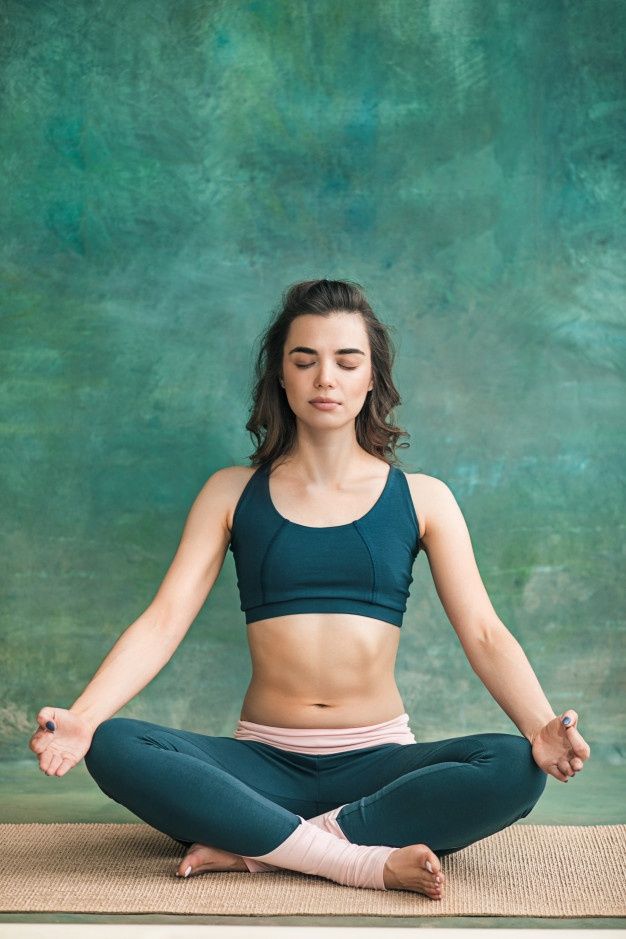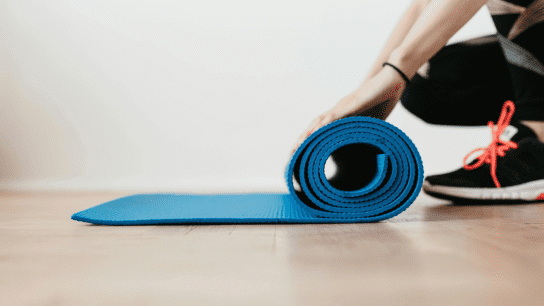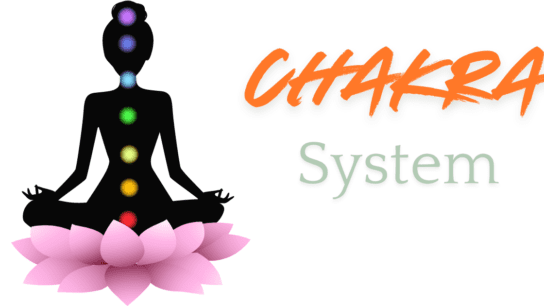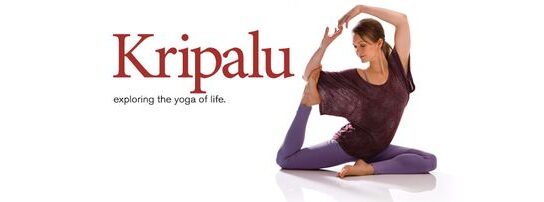Yoga has surged in popularity over the years, and for good reason. Not only does it promote physical fitness, but it also fosters mental well-being and emotional balance. Benefits of Doing Yoga If you’re contemplating incorporating yoga into your lifestyle, this comprehensive guide will provide you with a thorough understanding of its benefits, techniques, and tips for getting started.
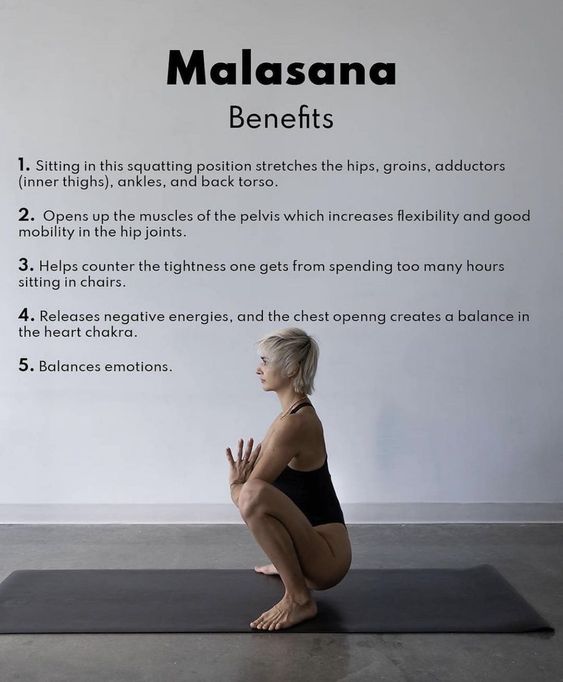
What is Benefits of Doing Yoga?
Yoga is an ancient practice that originated in India over 5,000 years ago. It combines physical postures (asanas), breathing exercises (pranayama), and meditation (dhyana) to achieve a harmonious balance between mind, body, and spirit. Benefits of Doing Yoga Modern yoga has evolved into various styles, each offering unique benefits and approaches.
Why You Should Start Benefits of Doing Yoga
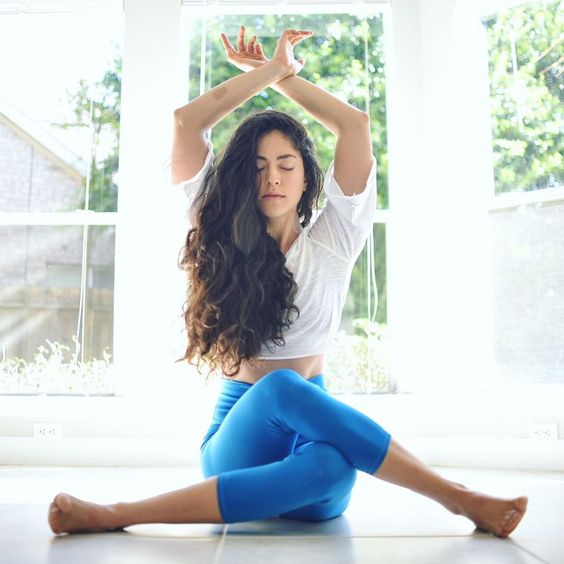
- Improves Flexibility
One of the most notable benefits of yoga is improved flexibility. Regular practice helps to stretch and lengthen the muscles, reducing stiffness and increasing your range of motion. Flexibility is crucial not just for yoga, but for overall physical health and daily activities.
- Enhances Strength
Yoga isn’t just about stretching; it also builds strength. Many yoga poses require you to support your own body weight in different ways, which helps to build muscle strength and endurance. This increased strength can enhance your overall physical performance and support better posture.
- Reduces Stress and Anxiety
Yoga’s emphasis on controlled breathing and mindfulness can significantly reduce stress and anxiety. The practice encourages relaxation and a sense of calm, which can help manage the effects of daily stressors and improve your mental health.
- Improves Balance and Stability
Balancing poses in yoga enhance coordination and stability. This is particularly beneficial for older adults, as improved balance can reduce the risk of falls and injuries. It also helps athletes and active individuals improve their performance.
- Supports Better Posture
Yoga promotes body awareness and alignment, which can correct poor posture. By strengthening the core muscles and increasing flexibility, yoga helps to support a natural, healthy posture, reducing strain on the spine and neck.
- Boosts Mental Clarity and Focus
The meditative aspects of yoga help clear the mind and improve concentration. Practicing mindfulness and meditation during yoga sessions enhances cognitive function and mental clarity, making it easier to stay focused and make decisions.
- Promotes Better Sleep Benefits of Doing Yoga
Struggling with sleep issues? Yoga can help. The relaxation techniques and stress-reducing effects of yoga contribute to better sleep quality. A calming evening yoga routine can ease the transition from a busy day to restful sleep.
Popular Yoga Styles For Benefits of Doing Yoga.
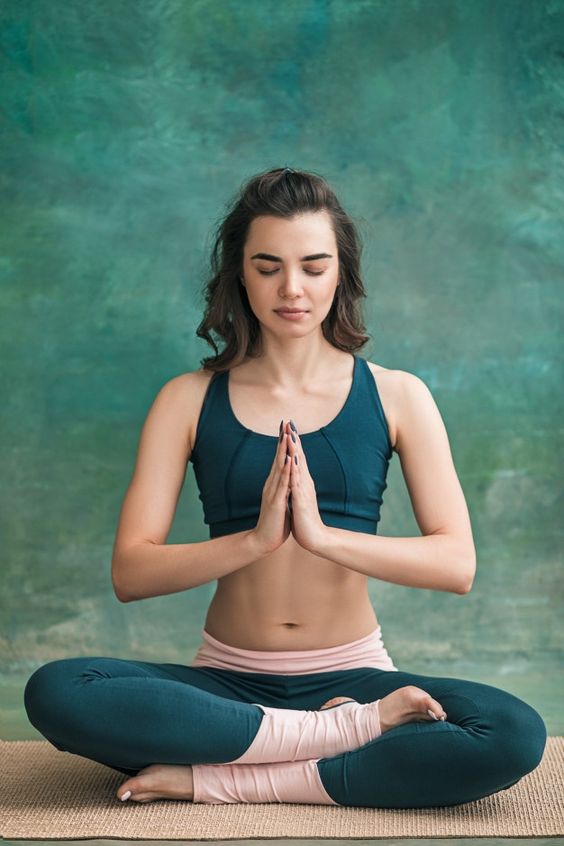
- Hatha Yoga
Hatha yoga is a foundational style that emphasizes basic postures and breathing techniques. It’s ideal for beginners due to its slower pace and focus on alignment and relaxation.
- Vinyasa Yoga
Vinyasa yoga is characterized by a dynamic flow of poses linked with breath. This style provides a cardiovascular workout and enhances flexibility and strength.
- Ashtanga Yoga
Ashtanga yoga involves a rigorous series of poses performed in a specific sequence. It is physically demanding and promotes endurance, strength, and flexibility.
- Bikram Yoga
Bikram yoga is practiced in a heated room, with a set sequence of 26 postures and two breathing exercises. The heat helps to increase flexibility and detoxify the body through sweating.
- Yin Yoga
Yin yoga focuses on holding postures for extended periods to target deep connective tissues and enhance flexibility. It’s a slower-paced style that complements more vigorous practices.
- Restorative Yoga
Benefits of Doing yoga uses props to support the body in passive poses, promoting deep relaxation and recovery. It’s perfect for reducing stress and aiding recovery from injury or illness.
How to Get Started with Benefits of Doing Yoga
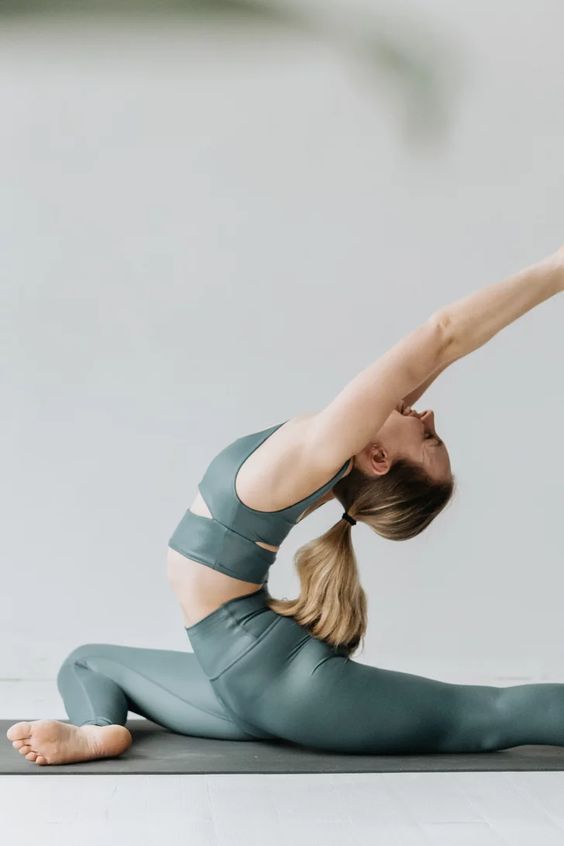
- Choose the Right Style
Selecting a yoga style that aligns with your goals and fitness level is crucial. If you’re new to yoga, starting with a beginner-friendly style like Hatha or Restorative can be beneficial.
- Find a Qualified Instructor
A skilled yoga instructor can guide you through proper techniques and adjustments. Look for certified instructors with experience and good reviews to ensure you receive quality instruction.
- Invest in Yoga Gear
Comfortable clothing and a good quality yoga mat are essential for a pleasant practice. Invest in gear that supports your practice and allows you to move freely.
- Create a Consistent Routine
Consistency is key to experiencing the full benefits of yoga. Aim for regular practice, whether it’s a daily session or several times a week, to build strength, flexibility, and mindfulness.
- Listen to Your Body
Yoga should be a positive experience. Always listen to your body and avoid pushing yourself into discomfort or pain. Focus on gradual progress and respect your body’s limits.
- Incorporate Breathing and Meditation
Integrating breathing exercises and meditation into your practice enhances the benefits of yoga. Focus on deep, controlled breaths and incorporate mindfulness to enrich your overall experience.Click
Yoga Poses for Beginners Benefits of Doing Yoga
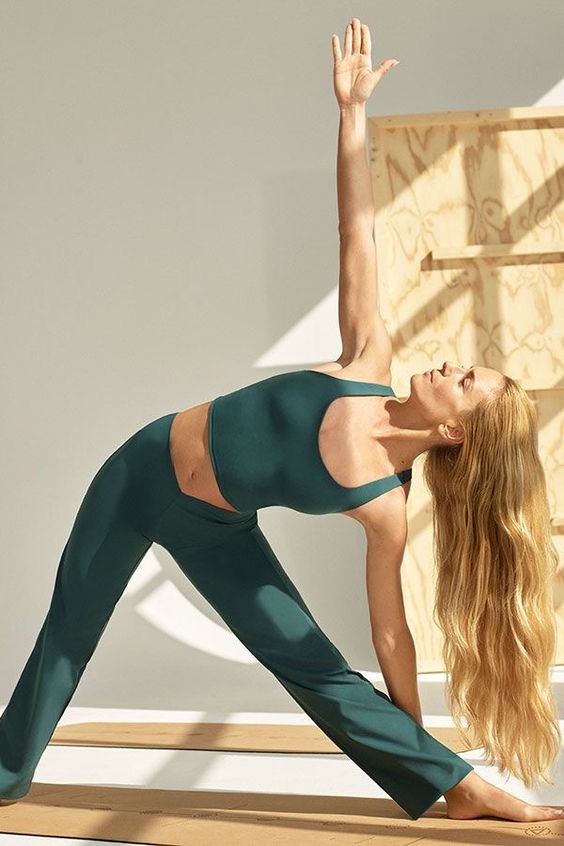
- Mountain Pose (Tadasana)
This foundational pose improves posture and balance. Stand tall with feet together, engage your core, and lengthen through the spine.
- Downward-Facing Dog (Adho Mukha Svanasana)
A full-body stretch that strengthens the arms, legs, and core. Start on all fours, lift your hips, and straighten your legs to form an inverted V-shape.
- Child’s Pose (Balasana)
A resting pose that gently stretches the back and hips. Kneel on the mat, sit back on your heels, and extend your arms forward while lowering your forehead to the ground.
- Warrior I (Virabhadrasana I)
This pose strengthens the legs and opens the hips and chest. Step one foot back, bend the front knee, and reach your arms overhead.
- Tree Pose (Vrksasana)
A balancing pose that enhances stability and focus. Stand on one leg, place the opposite foot on your inner thigh or calf, and bring your hands together in front of your chest or overhead.
Common Mistakes to Avoid for Benefits of Doing Yoga
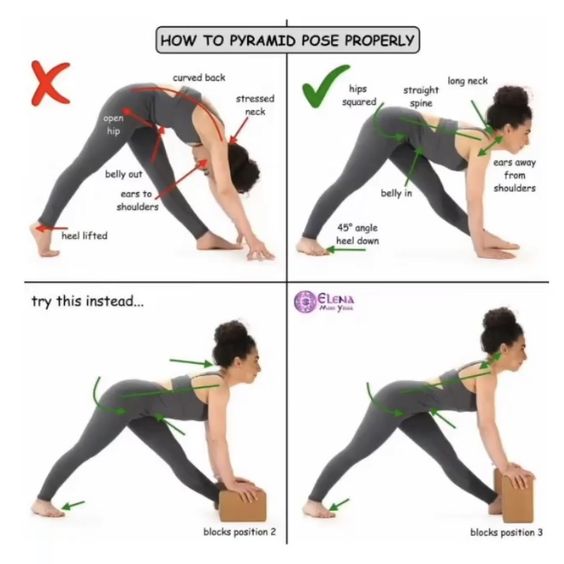
- Overexertion
Pushing too hard can lead to injuries. Always practice within your limits and prioritize proper form over intensity.
- Skipping Warm-Ups
Warming up prepares your body for more strenuous poses and reduces the risk of injury. Begin with gentle stretches and breathing exercises.
- Neglecting Alignment
Proper alignment is crucial for effective and safe practice. Pay attention to your body’s positioning and make adjustments as needed.
- Ignoring Breathing
Breathing is integral to yoga. Avoid holding your breath or shallow breathing; focus on deep, steady breaths to enhance your practice.
- Comparing Yourself to Others
Yoga is a personal journey. Avoid comparing your progress to others and focus on your own growth and experience.
Tips for Making Yoga a Habit Benefits of Doing Yoga
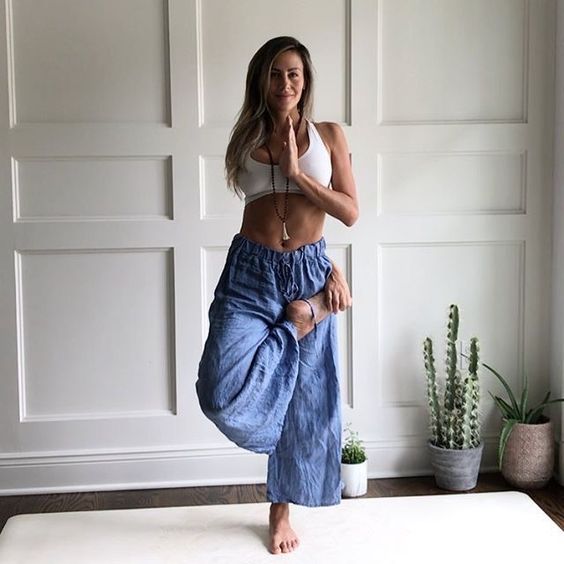
- Set Realistic Goals
Establish achievable goals to stay motivated and track your progress. Whether it’s mastering a pose or practicing a certain number of times per week, clear goals can help maintain focus.
- Create a Yoga Space
Designate a quiet, comfortable space for your practice at home. A dedicated area can enhance your focus and make it easier to maintain a regular routine.
- Use Online Resources
There are numerous online resources, including video tutorials and apps, that can guide you through different yoga styles and routines. Utilize these tools to complement your practice.
- Join a Yoga Community
Engage with a local or online yoga community to stay motivated and connected. Sharing experiences and challenges with others can provide support and inspiration.
- Celebrate Your Progress
Recognize and celebrate your achievements, no matter how small. Acknowledge your improvements and enjoy the journey of self-discovery and growth through yoga.
Conclusion
Incorporating yoga into your daily routine can lead to significant improvements in physical fitness, mental clarity, and overall well-being. By understanding the various styles, techniques, and benefits, you can tailor your practice to meet your individual needs and goals. Whether you’re seeking to enhance flexibility, reduce stress, or simply improve your quality of life, yoga offers a comprehensive approach to achieving balance and harmony. Start your journey today and experience the transformative power of yoga for yourself.
Frequently Asked Questions About Benefits of Doing Yoga
1. What are the main benefits of doing yoga?
Yoga offers numerous benefits, including:
- Improved Flexibility: Enhances the range of motion and reduces stiffness.
- Increased Strength: Builds muscle strength and endurance.
- Stress Reduction: Lowers stress and anxiety levels through relaxation techniques.
- Better Posture: Promotes proper alignment and reduces strain on the spine.
- Enhanced Balance and Stability: Improves coordination and reduces the risk of falls.
- Mental Clarity: Boosts concentration and cognitive function.
- Better Sleep: Promotes relaxation and improves sleep quality.
2. How often should I practice yoga?
For optimal benefits, aim to practice yoga at least 2-3 times a week. Beginners may start with 1-2 sessions per week and gradually increase the frequency as they become more comfortable with the practice.
3. What do I need to start practicing yoga?
To start yoga, you’ll need:
- A Yoga Mat: Provides cushioning and grip for your practice.
- Comfortable Clothing: Wear breathable, flexible clothing that allows for movement.
- Optional Props: Such as yoga blocks, straps, and bolsters, which can help support various poses.
4. Can yoga help with weight loss?
While yoga is not primarily a weight-loss exercise, it can contribute to weight management by increasing muscle tone and improving metabolism.Benefits of Doing Yoga vigorous styles like Vinyasa or Ashtanga may provide a more intense workout that supports weight loss.
5. Is yoga suitable for beginners?
Yes, yoga is suitable for beginners. Many styles, such as Hatha or Restorative yoga, are beginner-friendly and focus on foundational poses and techniques.Benefits of Doing Yoga Starting with beginner classes or online tutorials can help ease you into the practice.
6. How can I improve my flexibility through yoga?
Regular practice of yoga poses that stretch and lengthen the muscles can improve flexibility. Poses such as Downward-Facing Dog, Forward Fold, and Seated Forward Bend are particularly effective. Consistency and patience are key to seeing progress.
7. Can yoga help with back pain?
Yoga can be beneficial for alleviating back pain by improving posture, strengthening core muscles, and increasing flexibility. Poses like Cat-Cow, Child’s Pose, and Bridge Pose can help relieve tension and support spinal health. However, consult with a healthcare provider if you have severe or chronic back pain.
8. How long should a typical yoga session last?
A typical yoga session usually lasts between 45 to 90 minutes.Benefits of Doing Yoga Beginners may start with shorter sessions, around 30 to 45 minutes, and gradually increase the duration as their practice evolves.
9. Do I need to be in good shape to start yoga?
No, you don’t need to be in peak physical condition to start yoga. Yoga is adaptable and can be modified to suit various fitness levels. Focus on practicing at your own pace and gradually building strength and flexibility.
10. What is the difference between yoga and Pilates?
While both yoga and Pilates focus on strengthening the core and improving flexibility, they have different origins and approaches:
- Yoga: Originates from ancient India and incorporates physical postures, breathing techniques, and meditation to achieve holistic well-being.
- Pilates: Developed in the early 20th century by Joseph Pilates, it emphasizes controlled movements, core strength, and body alignment, often using specialized equipment.
11. How can I find a good yoga instructor?
Look for a certified yoga instructor with experience and positive reviews. You can find qualified instructors through local studios, online classes, or recommendations from friends. Ensure the instructor’s teaching style aligns with your goals and preferences.
12. Can I practice yoga if I have a medical condition or injury?
Yoga can be adapted for individuals with medical conditions or injuries, but it’s essential to consult with a healthcare provider before starting. Inform your instructor about any specific concerns or limitations so they can offer modifications and adjustments.
13. What should I eat before a yoga session?
Opt for a light meal or snack that provides energy without causing discomfort. Examples include a piece of fruit, a small handful of nuts, or a yogurt. Avoid heavy or greasy foods, and try to eat at least 1-2 hours before your practice.
14. How can I incorporate yoga into my daily routine?
To incorporate yoga into your daily routine:
- Set a Regular Time: Choose a specific time each day for your practice.
- Create a Dedicated Space: Designate a comfortable area for your yoga practice at home.
- Start Small: Begin with short sessions and gradually increase the duration as you build a habit.
- Use Online Resources: Take advantage of online classes and apps to practice anytime.
15. What should I do if I’m feeling frustrated or stuck in my practice?
Feeling frustrated or stuck is a common experience. To overcome it:
- Be Patient: Progress takes time; celebrate small improvements.
- Try Different Styles: Explore various yoga styles or classes to find what resonates with you.
- Seek Guidance: Consult with a teacher or experienced practitioner for advice and support.
- Practice Mindfulness: Focus on the journey rather than the end goal, and use meditation to enhance your practice.
- More yoga information Click Here

